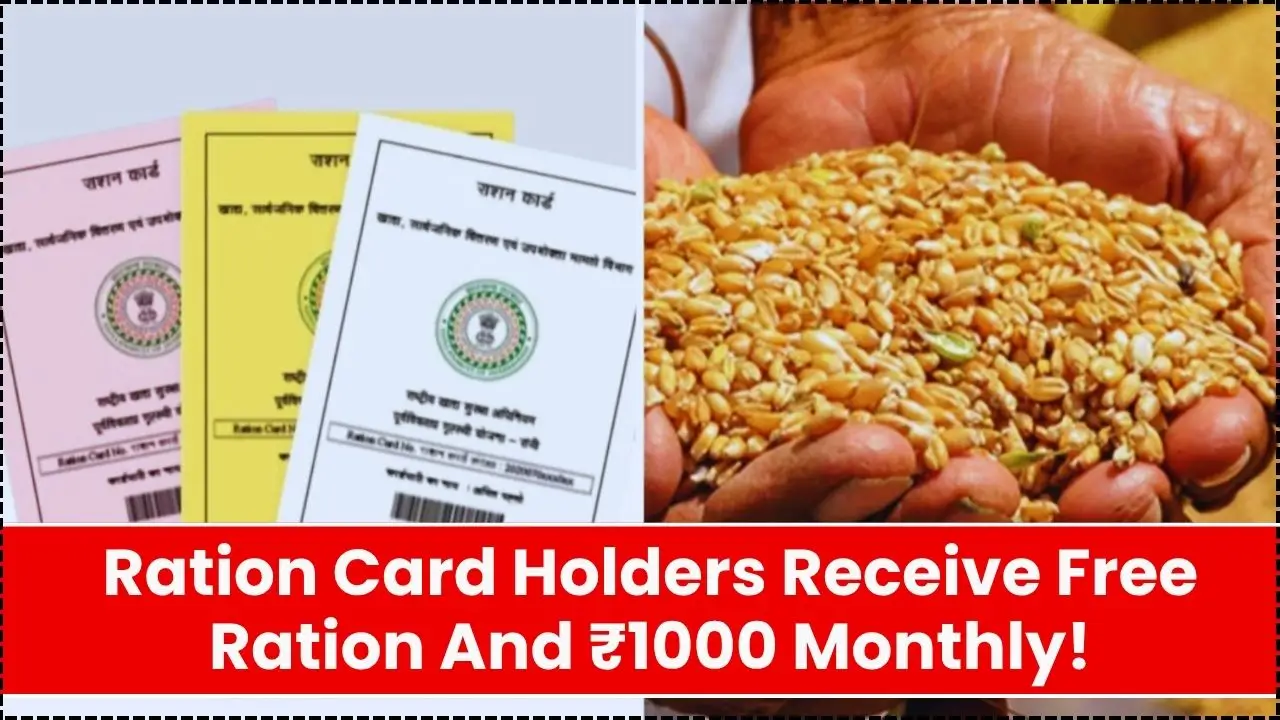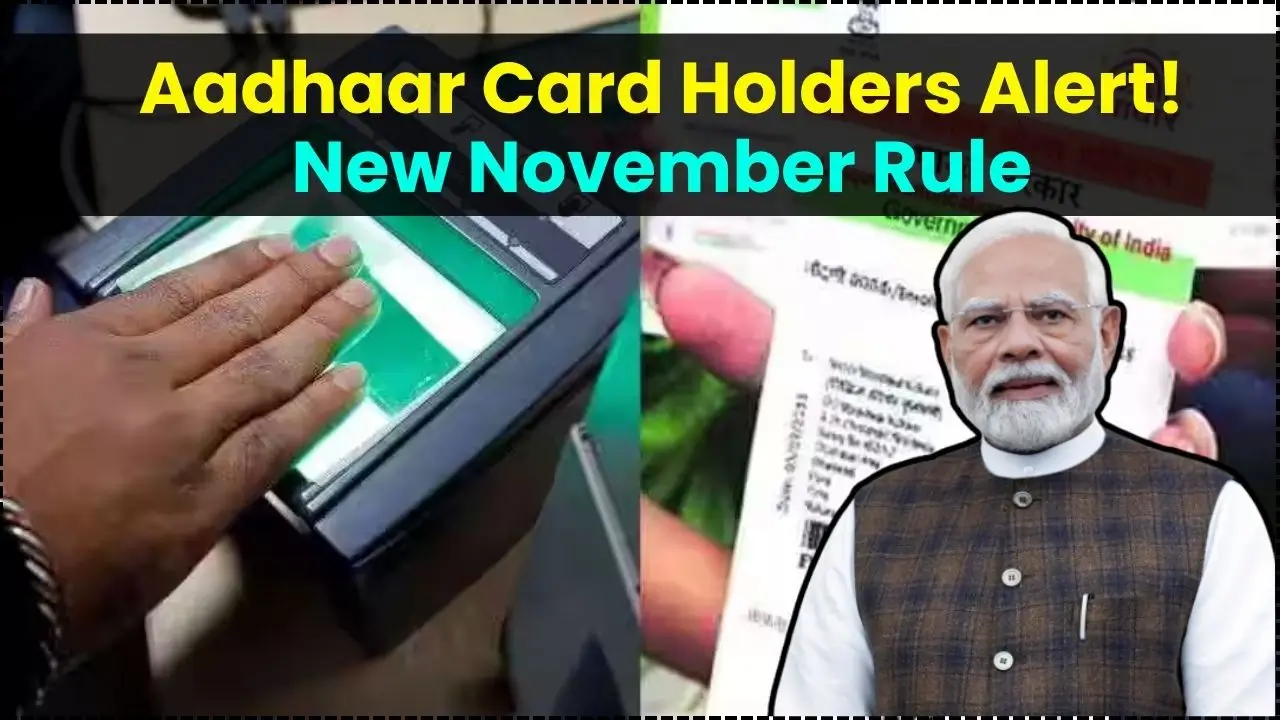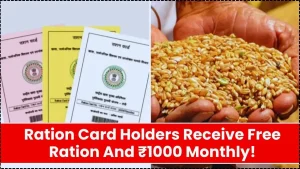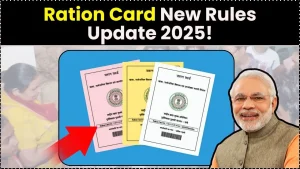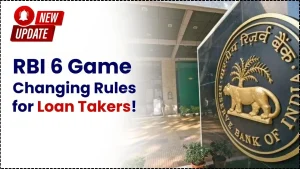UPI New Rules in 2025 are designed to keep everyday payments smooth, secure, and predictable as India’s real‑time payment volumes surge to new records across sectors and seasons. UPI New Rules in 2025 arrive alongside a 35 percent jump in H1 2025 transaction value to about ₹143 lakh crore and record festive season throughput, making reliability, fraud reduction, and load management the top priorities for the ecosystem.
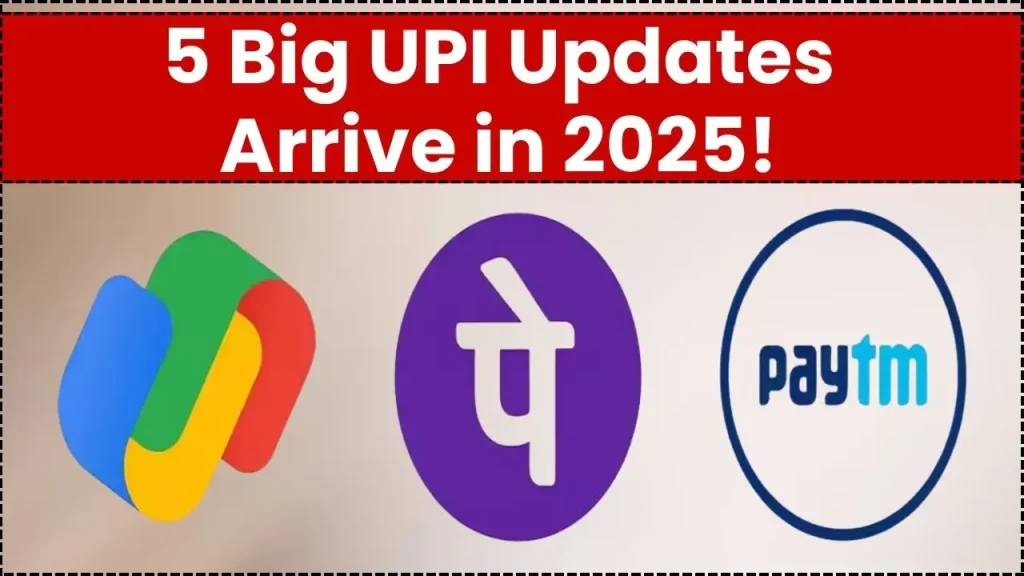
Think of UPI New Rules in 2025 as a scale‑up playbook that trims noisy API hits, re‑times Autopay to non‑peak windows, ends risky P2P collect requests, delinks inactive mobile numbers, and raises daily limits for verified merchant categories without changing routine per‑transaction caps for most users. For a typical user, that means fewer balance refreshes, predictable Autopay execution outside 10 AM to 1 PM and 5 PM to 9 30 PM, push‑only P2P payments, cleaner mobile linkage, and easier high‑value merchant payments where verified, all with the same familiar UPI experience.
UPI New Rules in 2025
Limited Account Balance Enquiry
From August 1, balance checks are capped at 50 per day per app to cut down background API calls that create bottlenecks and timeouts during peak hours across banks and payment service providers. It is a generous ceiling for normal usage, but frequent manual or automated refreshes can push you to the cap and trigger a temporary block on that app until the daily window resets. If managing multiple apps, remember the cap applies per app, not globally, but the intent is still to keep rails unclogged for everyone under the UPI New Rules in 2025.
Modified Autopay Transactions
Autopay now executes exclusively in non‑peak windows with one primary attempt and up to three retries, while ecosystem throttling can be applied to stabilize throughput during surges. You do not need to recreate mandates; execution timing shifts behind the scenes to reduce failures and reversals when real‑time traffic spikes under UPI New Rules in 2025. Expect EMIs, bill payments, subscriptions, and SIP mandates to settle outside 10 AM to 1 PM and 5 PM to 9 30 PM for smoother, less error‑prone processing.
Limited Account Details Enquiry
Viewing your list of linked bank accounts is now limited to 25 times per day per app, which curbs aggressive polling and inadvertent background calls that strain bank cores. If you plan to add or reorganize accounts, complete changes in one session rather than piecemeal to conserve daily views as part of UPI New Rules in 2025. This hygiene control helps keep performance consistent for everyone during heavy traffic periods across the ecosystem.
Restrictions On Transaction Status Enquiry
Status checks for a pending payment are capped at three per transaction with a minimum 90‑second interval, and apps are moving toward a simpler success or failure display to reduce confusion and repeat polling. When a transaction appears to hang, wait for the mandated interval or let automatic updates confirm the outcome rather than repeatedly pressing refresh. This change aligns with the broader reliability goals of UPI New Rules in 2025 by cutting duplicate hits to issuer and acquirer systems.
Non Compliance Penalties To Be Imposed On UPI Apps
NPCI can throttle APIs, pause new user onboarding, or apply other restrictions to apps that ignore usage caps or scheduling rules, though end‑users are not fined or penalized for normal behavior. This pushes providers to comply uniformly so users experience consistent performance regardless of the app they choose under the UPI New Rules in 2025. Favor providers with proactive communication and transparent incident updates during any rate limiting or scheduling adjustments.
UPI Fraud Clampdown NPCI To End P2P Collect Requests
From October 1, all P2P collect or pull requests are disabled to shut a persistent social‑engineering and fraud vector where scammers tricked users into authorizing unintended debits via collect flows. Person‑to‑person transfers should now use push flows like send by UPI ID, QR code, or account and IFSC, restoring explicit payer control and payment clarity. Merchant collect is unaffected, so utility bills, subscriptions, and legitimate merchant pull continue as usual outside peak windows.
NPCI Hikes UPI Limit For Merchant Payments To ₹10 Lakh
Effective September 15, verified merchant categories can process higher values, with frameworks indicating up to ₹5 lakh per transaction and a daily aggregate up to ₹10 lakh, subject to category and bank risk controls. This change supports high‑value, legitimate use cases like insurance premiums or capital‑market payments, while everyday P2P caps remain unchanged under UPI New Rules in 2025. Always confirm your bank’s limits and whether a merchant is verified for the enhanced category before initiating large payments.
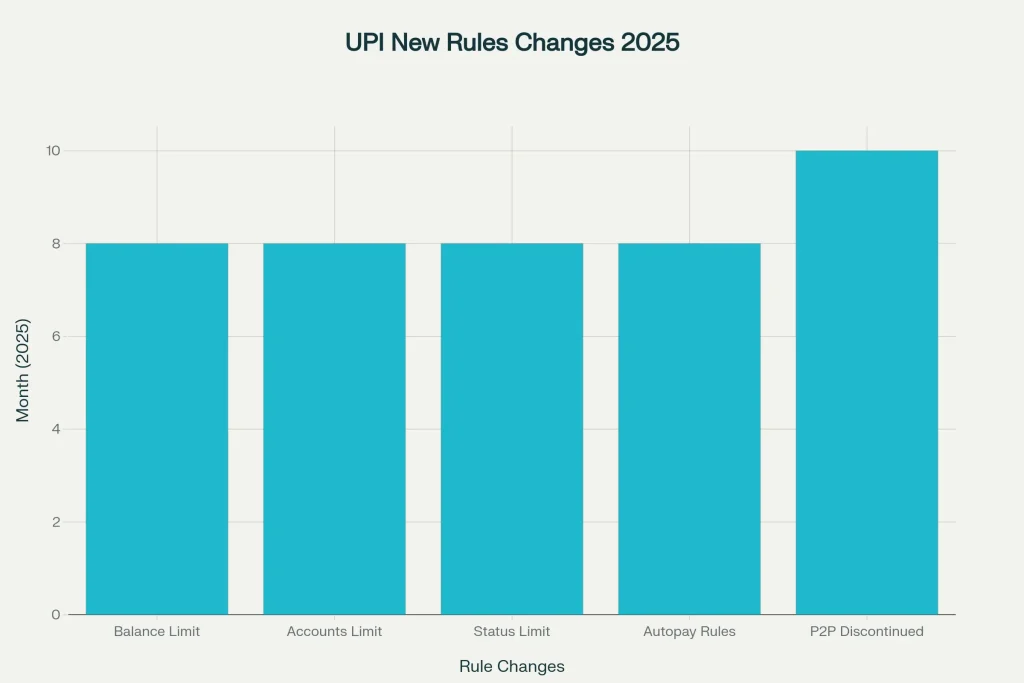
Important Points Regarding UPI Rules
The standard per‑transaction cap for routine UPI transfers remains the same for most users; the new rules target background calls, status polling, and execution windows rather than altering everyday send limits. Personal UPI transfers continue to be free, while wallet‑based PPI merchant transactions above ₹2,000 carry interchange paid by merchants, not customers, which does not change your out‑of‑pocket cost for typical payments. UPI Lite and UPI Autopay remain available with the new scheduling and retry controls, and banks may still set app‑specific or customer‑specific risk caps within the broader guidelines.
Why These Changes Matter In 2025
UPI volumes and values soared in 2025, with H1 value up about 35 percent to ₹143 lakh crore and festive season payments peaking across categories, pushing the rails to refine reliability and fraud defenses. UPI New Rules in 2025 bring stability by curbing non‑essential API traffic, improving Autopay success, closing risky P2P pull flows, and enabling high‑value merchant payments where verified. The result is a faster, more predictable everyday experience without sacrificing the convenience that made UPI dominant in the first place.
Best Practices to Stay Compliant
- Spread out balance checks and avoid repeated refreshes during 10 AM to 1 PM and 5 PM to 9 30 PM to stay within limits and reduce failures under UPI New Rules in 2025.
- For Autopay, let scheduled runs and retries work automatically; intervene only if a mandate remains unpaid after the retry window and your bank notifies you.
- Replace any P2P collect habit with push flows through UPI ID or QR so your contacts are ready well before the cutoff date and nobody is surprised.
- Keep your registered mobile number active with your bank and update it promptly after SIM changes to avoid UPI disruptions tied to inactive numbers referenced in 2025 updates.
- Confirm category eligibility and your bank’s cap before initiating high‑value merchant payments to ensure smooth processing on first attempt.
By aligning daily habits with the new caps, embracing push‑only P2P flows, and planning Autopay around non‑peak windows, users can enjoy faster, safer payments while the rails scale to meet 2025 demand under UPI New Rules in 2025.
FAQs on UPI New Rules in 2025
Q1. What Are the Biggest Changes Under the UPI New Rules In 2025
Five standouts: caps on balance and linked‑account views, timed Autopay with retries, limits on status polls, app‑level non‑compliance penalties, and the end of P2P collect requests, plus higher merchant limits from mid‑September for select categories.
Q2. Do These Updates Alter My Normal UPI Transfer Limits
No, routine per‑transaction caps remain as before for most users; the August changes mainly control background API usage and execution timing to improve success rates.
Q3. How Will the Autopay Changes Affect My EMIs And Subscriptions
Autopay now runs outside peak hours with one attempt and up to three retries, improving success without requiring you to recreate existing mandates under UPI New Rules in 2025.
Q4. Is P2P Collect Completely Discontinued
Yes, from October 1, all P2P collect or pull requests are blocked across banks and apps; rely on push payments via UPI ID, QR, or account and IFSC for person‑to‑person transfers.
Q5. Can I Make Larger Merchant Payments Via UPI Now
Yes, in verified categories limits rose with frameworks allowing up to ₹5 lakh per transaction and up to ₹10 lakh daily from September 15, though bank‑level risk caps may still limit you.


